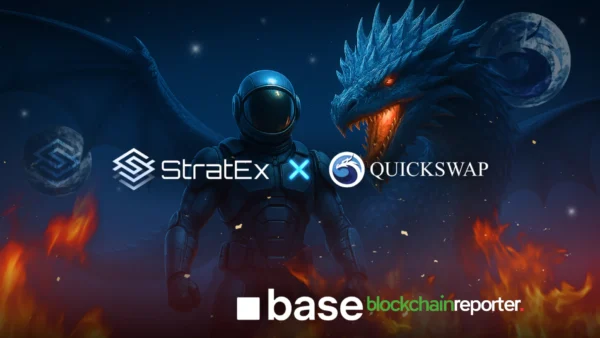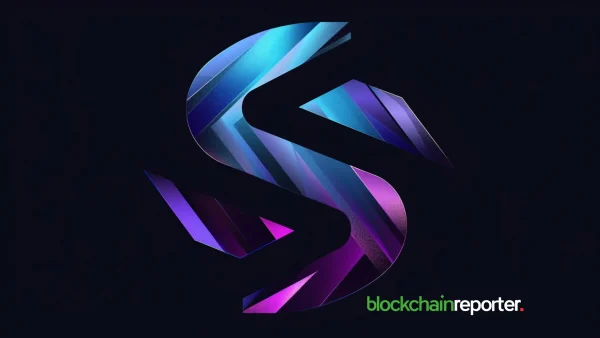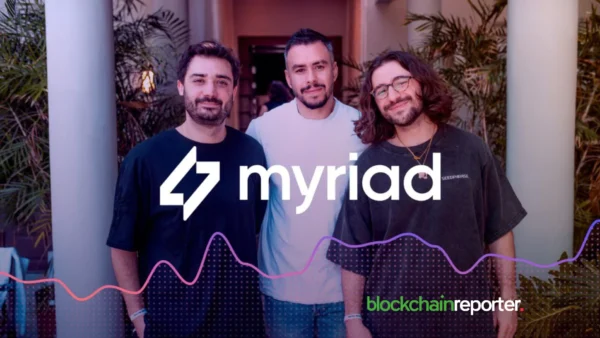
Chainlink has launched CCIP, establishing the connection between DeFi and TradFi. This protocol allows for the secure and easy passing of messages between blockchain networks and transactions. Consequently, it creates opportunities for the new era of on-chain financial systems unified with the advantages of both financial programs i.e., DeFi and TradFi. Chainlink reveals this latest news through its official X account highlighting the significance of bridging decentralized finance (DeFi) and Traditional Finance (TradFi).
Chainlink Enhancing Cross-Chain Functionality
By supporting both DeFi and TradFi, Chainlink CCIP significantly improves cross-chain functionality. Financial institutions and decentralized applications can communicate effectively and with more security.
This compatibility ensures that legacy finance taps into the efficiency, openness, and automation typical of decentralized finance. Concurrently, DeFi protocols can integrate real-word assets and markets into its system, thereby creating harmonious synergy for the two industries in the ecosystem.
CCIP’s capacity to streamline complex operations like cross-border payments, lending, and asset transfers. CCIP empowers smart contracts to connect with multiple blockchain networks and legacy systems. This eliminates the need for intermediaries and reduces transaction costs, making financial operations more efficient.
Fostering Innovation in Financial Products
Additionally, CCIP offers flexibility and security, paving the way for innovative financial products that were once impossible due to disconnected networks. This development encourages financial institutions to explore the capabilities of DeFi while adhering to compliance and regulatory standards.
The combination of these two financial paradigms is poised to unlock new opportunities for collaboration and innovation. Chainlink’s CCIP emerges as a foundational technology in the evolution of on-chain finance.
It offers a framework for seamless cross-chain financial interactions, transforming the operational landscape of financial systems. Consequently, Chainlink protocol stands to reshape how financial entities operate in the digital age, fostering a more interconnected financial environment.









